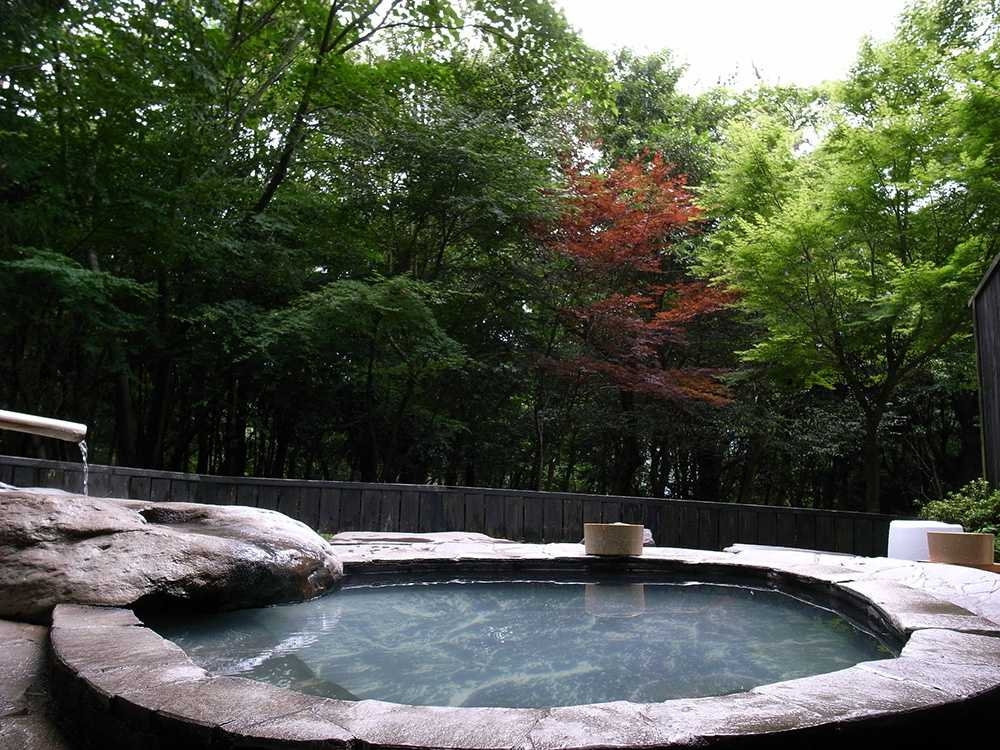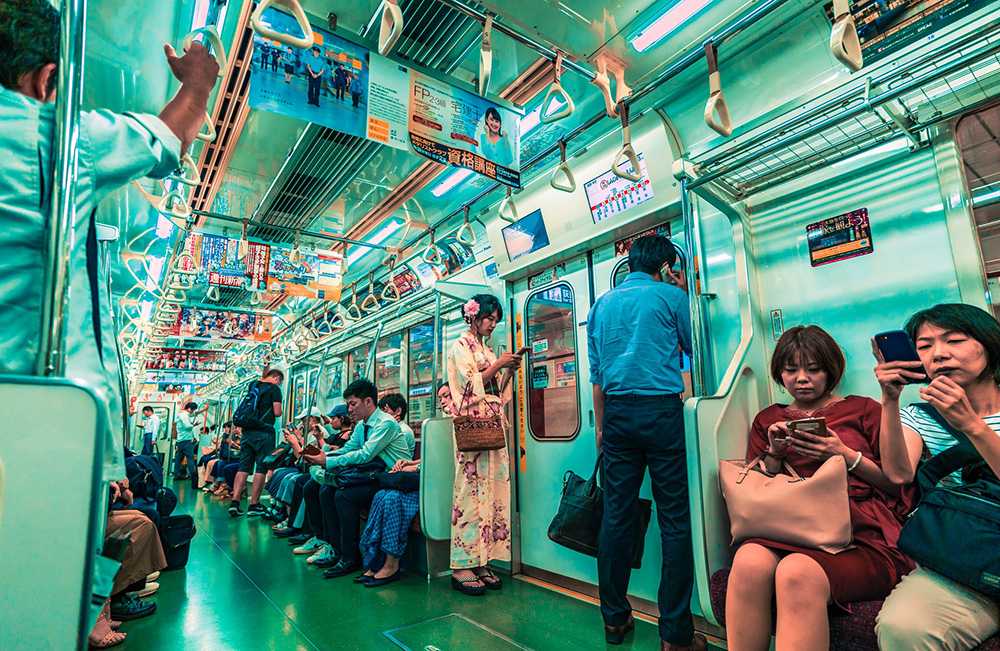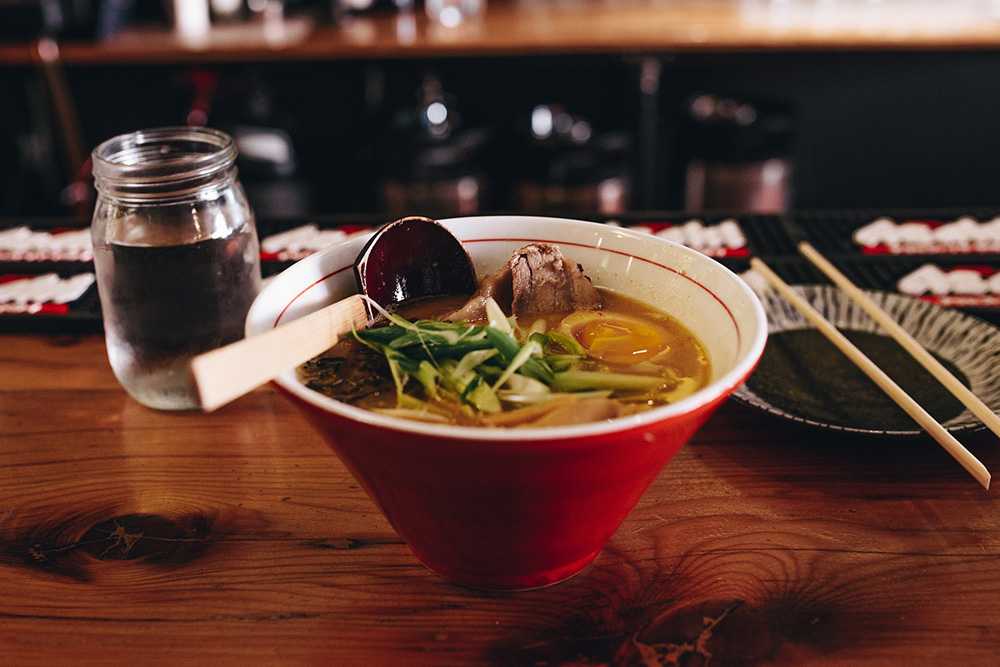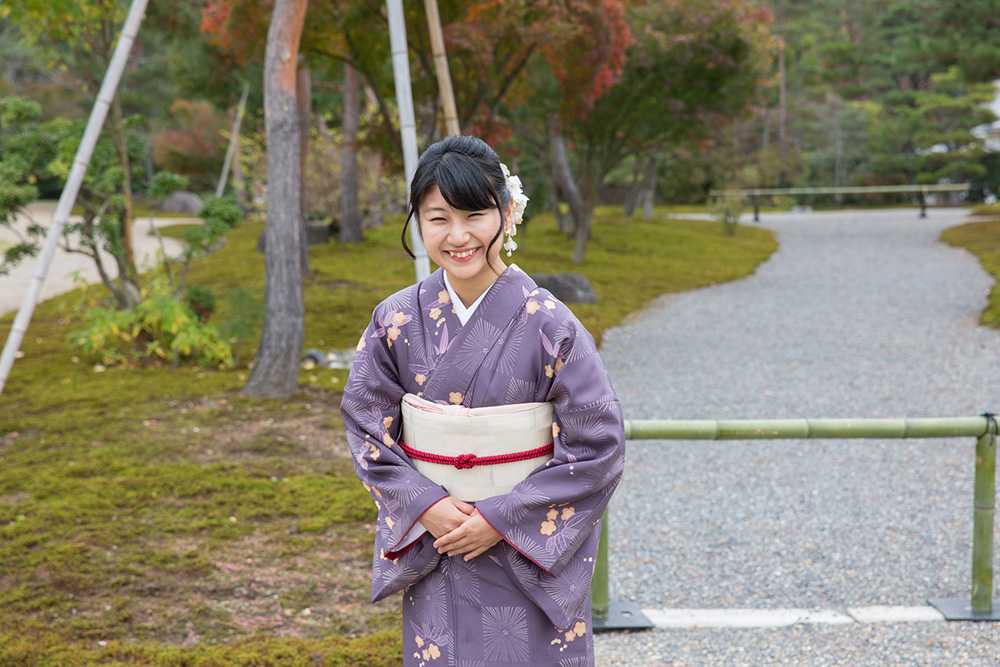Guide to Basic Japanese Etiquette
7 Things You Must Know about Japanese Customs and Manners
Want to know how to look more like a local and learn some basic Japanese etiquette rules to help you make friends and blend in? Here are a few top tips for first time travellers.
First off, although it’s nice to show your willingness to learn and respect other culture’s customs when travelling, and people will of course appreciate your efforts, people in Japan won’t expect you to be familiar with all the unspoken rules of Japanese society. For the most part, any errors that you do make won’t be big deals, and people will be really happy just to see that you’re trying. They’ll likely cut you some slack, appreciate your good intentions and try to help you out.
Shoes
- Take your shoes off wherever you go inside somewhere and see a genkan (space to change outdoor shoes for indoor slippers).
- As a traveller, common places you’ll encounter where you need to remove your shoes will be at ryokan (traditional Japanese hotels), some traditional izakaya (Japanese bars) and in most clothes store changing rooms.
- Once your shoes are off, place them neatly facing the door and change into slippers (if they’re provided).
- In some places, there’ll even be specific shoes exclusively for inside the toilet. Needless to say, these stay in the bathroom so make sure you switch back to your own slippers afterwards.
Source: Masahiko OHKUBO on Flickr
Onsen (hot spring)and sento (public baths)
- When it comes to tattoos, Japan still finds the subject a little taboo. Some modern, international hotels have recently relaxed their rules because of the upcoming Tokyo Olympics, and they’ll now allow tattoos to be visible when using public onsen. However, most places will either require you to cover tattoos with plasters or they’ll simply refuse you entry.
- To avoid this, check what the rules are with the staff beforehand or, alternatively, book a hotel that has its own private onsen included.
- Wash your body before you get in the bath.
- Try not to splash around and play. Onsen and sento aren’t swimming baths, they’re made for relaxing. It’s the perfect time to revitalize and refresh during your tiring travels.
- Usually, there’ll be two separate onsen for men and women which should be clearly signposted.
Source: Unsplash
Trains
- You’ll notice trains can be really quiet in Japan! Although talking on the phone isn’t allowed, talking to people you’re with is fine. Just use your common sense as it can be annoying to tired commuters when rowdy groups are disruptive on their way home.
- Listen to music through earphones instead of playing it through your speakers.
- If it’s busy, take your backpack off or wear it on your front so that you’re not accidentally knocking people.
- If you’ve got huge suitcases, try and avoid rush hour trains as carriages become packed with commuters.
- People usually queue for trains on the platform by following the markings on the floor.
- Once the train doors open, it’s polite to wait until everyone has alighted the train before you get on.
- Eating on the shinkansen and other long-distance trains is OK, but it’s generally frowned upon in city metro systems.
Escalators and Elevators
- Escalator: In Japan, people usually stand on the left-hand side of the escalator, except in the Kansai area where people stand on the right. This way, if people are in a rush they can walk up or down the escalator on the free side. (The government is actually encouraging people to stand still on both sides and not walk on escalators at all anymore as it's dangerous, but in reality nobody is following this yet.)
- Elevator: Whoever is standing in front of the buttons is usually the one to press the open or close button to let people get out first. They’ll also hold the button to keep the door open while people get in and out.
Table Manners
- When dining in a group, people offer to pour drinks for others first before topping up their own glass.
- Don’t stick your chopsticks vertically into your rice when you’re not using them. It reminds Japanese people of funerals, where rice is left with chopsticks standing in the center of a bowl. Instead, balance them neatly across your dish or plate when you’re not using them (see image).
- Not everything is eaten with chopsticks in Japan. Knives and forks are of course used in western restaurants, but even some Japanese dishes (like curry rice or omurice) are eaten with a spoon. As you can imagine, it’s really tough to eat curry with chopsticks!
- If you’re eating a small bowl of rice, it’s customary to lift the bowl up to you with one hand instead of leaning down to the tiny bowl on the table.
- When it comes to big bowls of things like ramen and udon, leaning close and slurping is actually OK.
- If you’re sharing food, don’t sift through picking out what you want and pushing other things aside. This is because a lot of dishes in Japan are placed in the center of the table to share between your own bowls, so it’s not nice to touch everything with your own chopsticks, or pick out the best parts just for yourself.
- In general, it’s not good manners to waste leftover food from your meal, especially rice. However, if you really can’t finish, or you ordered too much food, don’t feel obliged to force it down.
Paying for things
- Usually, money isn’t passed from hand to hand directly. Instead, you’ll see a little dish on the counter at the cashier for you to place your cash or card on. The staff will then pick it up themselves.
- When handing the receipt to you, the staff will use both hands to pass it as a sign of respect since you’re the valued customer in this situation. You can accept it with just one hand though, otherwise you’ll look overly polite.
- It’s uncommon to tip in Japan, and staff would be surprised if you do. If you enjoyed the meal or service and want to show your appreciation, it’s probably best to thank the staff directly. They’ll be really happy about it!
-
When you’re ready to pay at a restaurant, the way you go about it really depends on the place. It’s common for staff to bring the bill to your table in a folder.
Casual place: If it’s a casual eatery, you’ll probably pay at the cashier. At some places, (like certain curry, ramen, omurice restaurants etc.) there might even be a machine near the entrance where you should order your food by inserting cash and pressing the button for what you want.
Formal place: If it’s a more formal restaurant, you might be expected to ask for the bill and pay at the table. If you’re ever unsure about how to pay, just ask the staff.
Bowing
- As a traveller, you’re not expected to know all about the different situations and ways to bow (and there are many!). Plus, you’ll most likely never find yourself in such formal situations anyway. However, if you want to show you’re trying, a simple head nod and thank you or hello is usually sufficient for situations like restaurants, hotels and shops.
- It’s actually uncommon to thank someone by bowing with your hands together in Japan, although I see many visitors doing it. Japanese people normally just nod their heads with "arigatou gozaimasu." However, people will appreciate you whatever way you show your appreciation, so don't stress about it if you don't feel comfortable bowing.
Just be nice!
- OK, so this one isn’t really etiquette, but if you’re ever in a situation where you’re not sure how to do something, you can’t really go wrong with just being nice and politely asking someone for guidance.
- Staff will generally be welcoming and happy to help you out, so don’t worry too much. Just go ahead and explore!
Written by: Jessie Carbutt
Originally from the UK, Jess lives, works and writes in Japan. A lover of exploring and anything creative, she's always discovering new things in her Tokyo home.
Ready to explore Japan?
Download Travelr app, browse all upcoming events and network with other travelers.







